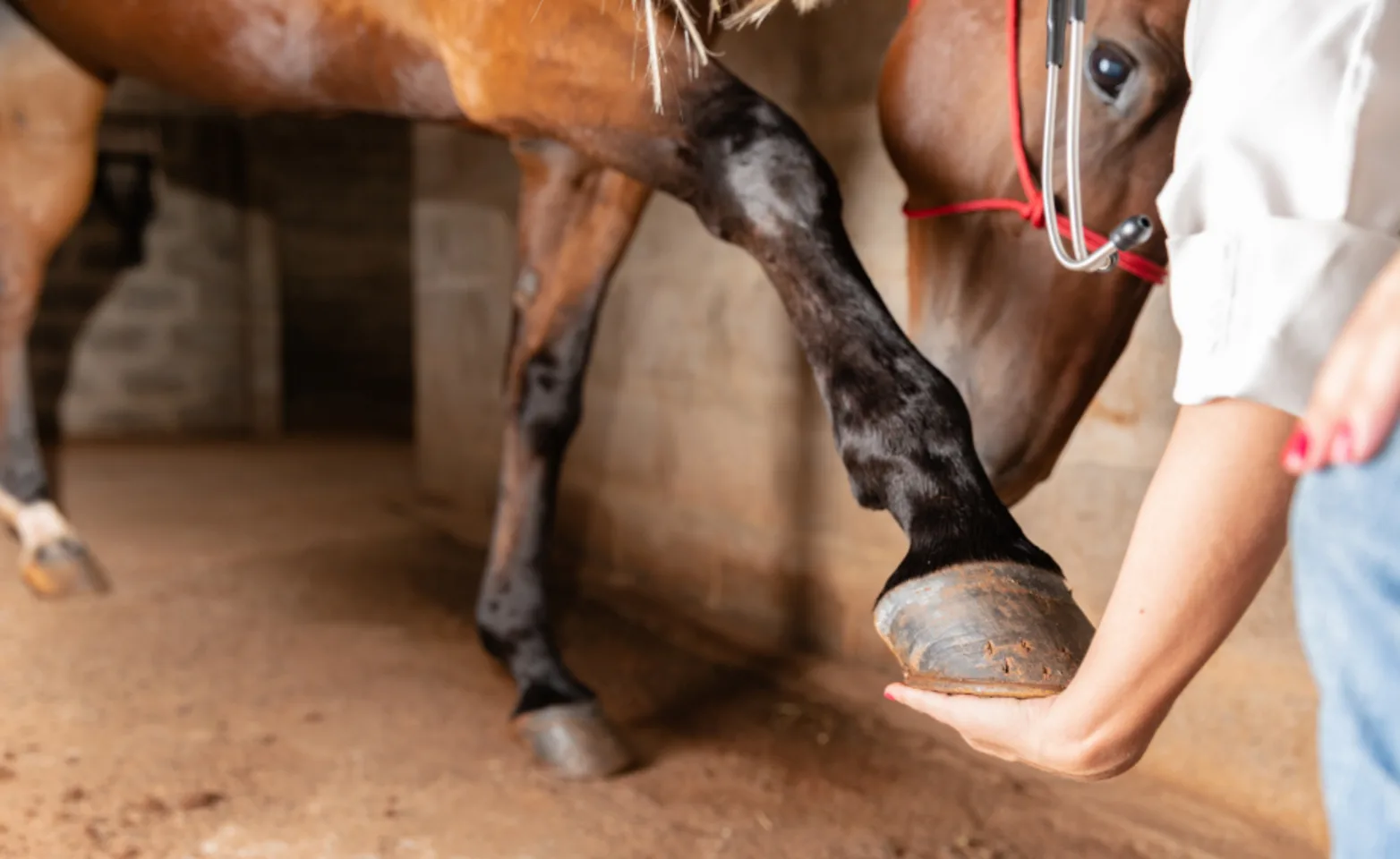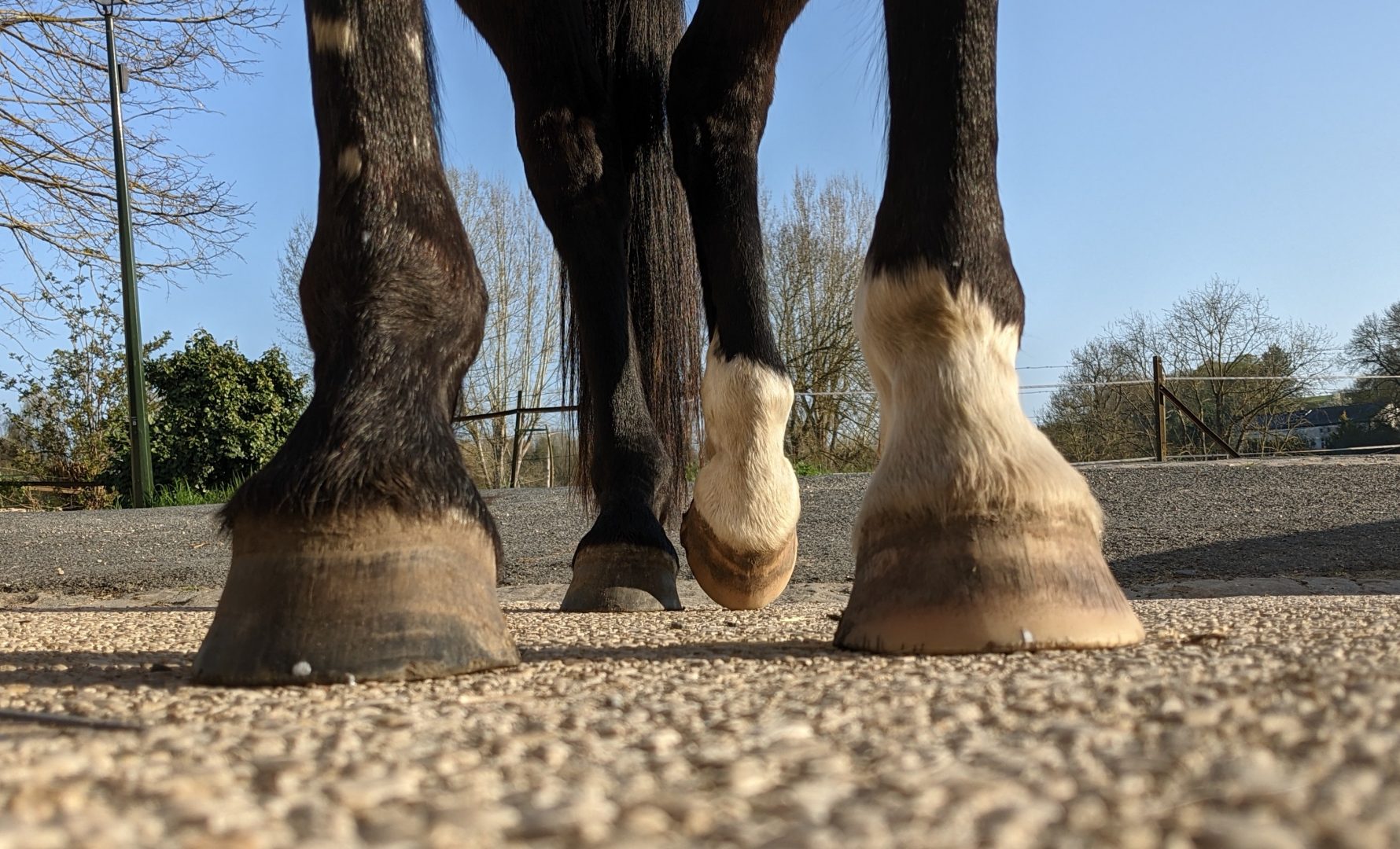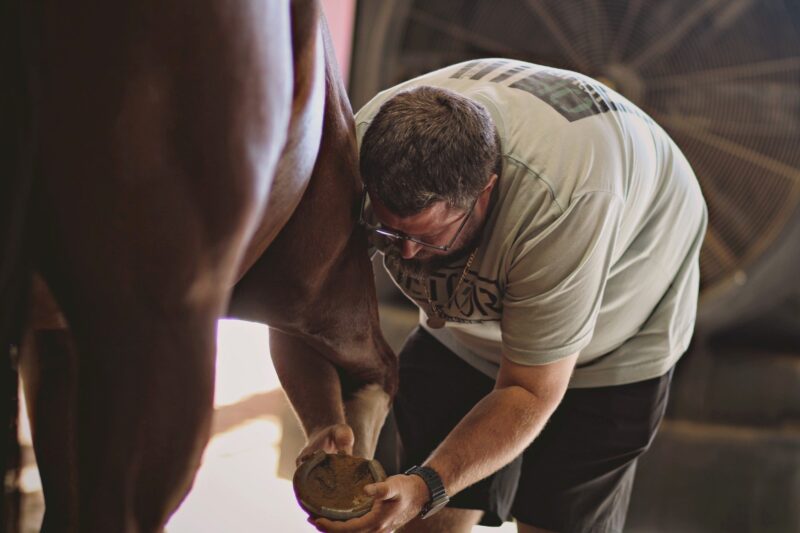White Line Disease is a common issue that plagues the hooves of horses, causing pain and discomfort for these majestic animals. In order to combat this problem effectively, it is essential to mobilize efforts towards finding solutions that are proven to work.
By taking proactive steps and implementing strategic measures, we can make a significant impact in reducing the prevalence of White Line Disease in horse populations. This article delves into effective strategies and approaches that can be utilized to address this pressing issue, ultimately leading to healthier and happier horses.
Understanding White Line Disease

Understanding White Line Disease is essential for identifying and treating this common equine hoof ailment. White Line Disease, also known as seedy toe, is a fungal or bacterial infection that affects the inner layers of the hoof wall. It typically presents as a separation or widening of the white line, which is the junction between the sole and the hoof wall.
Left untreated, White Line Disease can progress and lead to serious complications such as lameness and abscess formation. Proper diagnosis and treatment are crucial in managing this condition and preventing further damage to the hoof. By learning more about the causes, symptoms, and treatment options for White Line Disease, horse owners and caregivers can better protect the health and soundness of their equine companions.
Identifying Risk Factors and Causes

Identifying risk factors and causes of white line disease is paramount in developing effective solutions to combat this common hoof ailment in horses. Factors such as improper trimming and shoeing, poor hoof conformation, and environmental conditions can all contribute to the development of white line disease.
Additionally, certain horse breeds may be more predisposed to this condition, making early detection and prevention key in managing the disease. By understanding the various risk factors and underlying causes, horse owners and farriers can implement targeted strategies to prevent and treat white line disease effectively, ultimately improving the overall health and well-being of their equine partners.
Implementing Preventative Measures

To effectively combat white line disease in horses, implementing preventative measures is key. One crucial step is to ensure proper hoof care and maintenance, including regular trimming and balancing to prevent cracks and decay that can allow bacteria to thrive. Additionally, providing a clean and dry environment for horses can help reduce the risk of infection.
Regular inspections of hooves and prompt treatment of any signs of white line disease are also important in preventing its spread. Educating horse owners and stable managers about the importance of proactive measures in maintaining hoof health is essential in the fight against this persistent and debilitating condition. By taking preemptive action and staying vigilant, the risk of white line disease can be significantly reduced, ultimately leading to healthier and happier horses.
Conclusion
In conclusion, it is evident that mobilizing against white line disease requires a multifaceted approach that includes proactive hoof care, proper nutrition, and diligent monitoring. By implementing effective solutions such as regular trimming, appropriate shoeing, and the use of products like Best Hoof Conditioner, horse owners can help prevent and manage this common hoof ailment.
Through collaboration with veterinarians, farriers, and equine specialists, we can work together to protect the health and well-being of our beloved equine companions. By staying informed, proactive, and committed to hoof health, we can make a real difference in the fight against white line disease.

